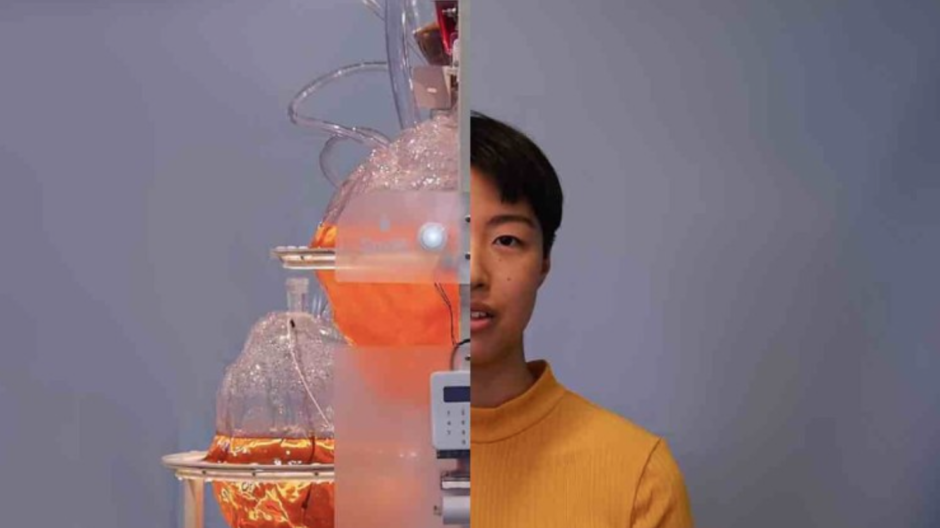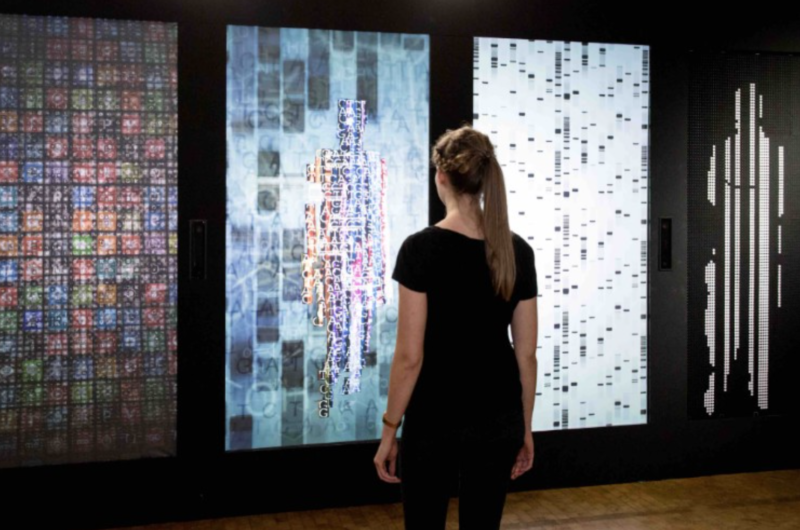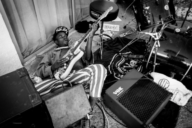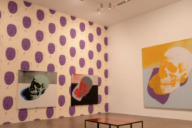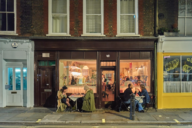The 6th Guangzhou Triennial has announced its full list participants. 49 international artists from the United Kingdom, America, Austria, Colombia, France, Germany, Ireland, The Netherlands, Mexico, New Zealand, Australia and China.
‘As We May Think, Feedforward’, the 6th edition of Guangzhou Triennial seeks to address the multiple implications engendered by such a technologically constructed time-space, in the real and through the virtual, by examining creative endeavors both from geographical purviews and from cosmic prospects in responding to the challenges and opportunities at stake and to think, once again, through a new alliance of visions by humans and nonhumans alike, machines and flesh with equal footing, organic and inorganic hand in hand, an alternative outlook for a new possibility of ecology whereby a retooled humanism may thrive in a Parliament of Things (to borrow a term from Bruno Latour) in symbiosis and reciprocity.
The 6th Guangzhou Triennial includes a themed exhibition and an archival exhibition (curated by the director of the museum Wang Shaoqiang). The themed exhibition will present in three sections: Inside the Stack: Art in the Digital (curated by Philipp Ziegler), Evolutions of Kin (curated by Angelique Spaninks) and Machines Are Not Alone (curated by Zhang Ga). Together they weave a web of interconnected entry points and exits, underlining a network of facticity and speculations that encapsulate the world as we know it now through imaginative impulse, and as we may think it once again by an unfettered vision to grasp a fleeting future.
Part I Inside the Stack: Art in the Digital
Curator: Philipp Ziegler
Artists from around the world are dealing with the growing presence of the digital and its impact on society. As we may think will show new perspectives on digital technologies, the Internet and social networks and examine both the virtual and physical manifestations of today’s artistic practice fundamentally influenced by the digital. The “digital age” has changed our thinking, acting and feeling rapidly since its appearance less than twenty years ago; when the global amount of digitally stored information surpassed that of analog for the first time. All areas of our everyday life, our perception and knowledge production are digitally engendered today. The digital is therefore today the predominant cultural technique in our “globally networked society, in which the biosphere and infosphere permeate and condition each other” (Peter Weibel). In their works, the artists brought together for this part of the Triennial take different perspectives on the digital that underlies their works as an “a priori”. Employing Benjamin Bratton’s concept of “the Stack” as a symbolic as well as a structural framework, Inside the Stack: Art in the Digital raises the very fundamental question of the digital as a new type of reality which reshapes contemporary experiences, and artists’ creative responses towards this reality.
Inside the Stack: Art in the Digital will take a look back on the history of the development of computer technology until today, provide an insight into digital infrastructures and the penetration of the real with the digital in our present and give a speculative outlook on technological developments of the digital in the future.
Part II Evolutions of Kin
Curator: Angelique Spaninks
What does it mean to consider life equal for humans and non-humans alike – to witness evolution in everything in and around us, above and below, on nanoscale and in the universe, in past and future but most of all in the present? These are fundamental philosophical questions raised in the face of our ever emerging and accelerating technologies, in the digital as well as in the biological. Many of the artists in ‘Evolutions of Kin’ are doing exactly this: seeing and creating, researching, imagining and speculating on what others there may be – human and nonhuman. They question what it means to be human by incorporating the nonhuman, they design evolutions of kin, they swim the oceans of life and feed on the compost of time as crossbred and diverged species. And by doing so they create a sense of kinship, of ‘humankind’, as Timothy Morton calls it in his latest book, which makes it possible, for themselves and others, for better and for worse, to embody solidarity with the world as a whole.
Evolutions of Kin takes technological invention and intervention to an ethical level of inquiry, extending subjectivity to the nonhuman life, advocating a shared origin and co-evolutional trajectory of humans and nonhumans and a new vision of life.
Part III Machines Are Not Alone
Curator: ZHANG Ga
The world is machinic: not only does its function depend on network of machines but also the land, river, mountains, trees and animals, humans included, are machines of some sort when seen from an operational point of view or an abstract sense of the word because they are systems of interconnected biospheres, neural synapses, motor-sensor coordinates, psychosomatic attributes, social relationships and technical milieus imbricated, intertwined, transversal and reciprocal as intricate as the relationship between humans and thoughts, knowledge and freedom. Far from a mechanistic vision of dualism, this worldview of machines, apparatuses and devices is one that envisages a unity which endorses giving everything its due place as equally significant and worthy with respect and care.
The exhibition Machines Are Not Alone fitted with cloud machines, earth machines, and many other geoengineering and emotive devices and apparatuses, moved by transportation machines and custom machines and activated by exhibition machines, workshop machines and audience and participation machines will have a three-part journey to complete its global treading. It starts its ignition at Chronus Art Center in Shanghai in the summer of 2018, continues to Zagreb Contemporary Art Museum in winter, and finally culminates at the Guangzhou Museum of Art as a component of 6 th Guangzhou Triennial. Each traveling iteration will root itself in the local milieu with a cosmic outlook and create interconnections with its immediate surroundings and umwelt logistically, ecologically and psychosocially as if a living act of the Three Ecologies. Together the trilogy maps out a machinic trajectory that transverses oceans and lands, places and sites; integrates climates and communities and adapts limitations and expansions for a resounding machinic chorus.
Machines Are Not Alone further extends the notion of subjectivity into the realm of nonlife and the object world, both cultural and natural, technology and psychic, proposing a radical rethinking of modernity, freedom and emancipation in a posthuman symbiosis.
As We May Think: Feedforward
The 6th Guangzhou Triennial 2018
Guangdong Museum of Art
Dec 21,2018 – March 10, 2019
www.gdmoa.org

